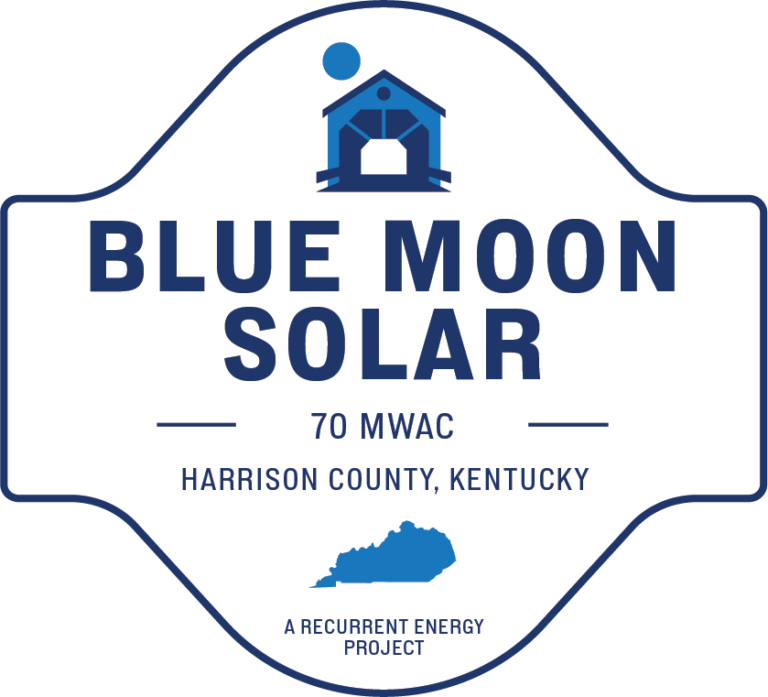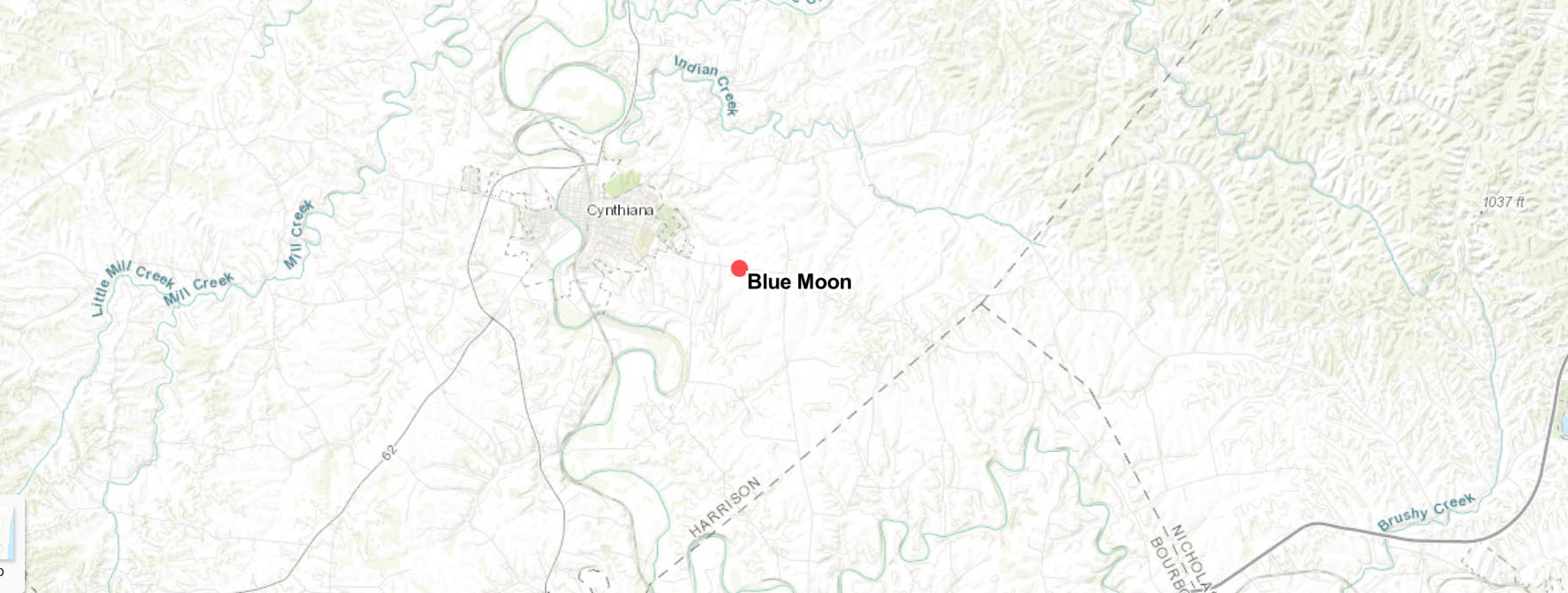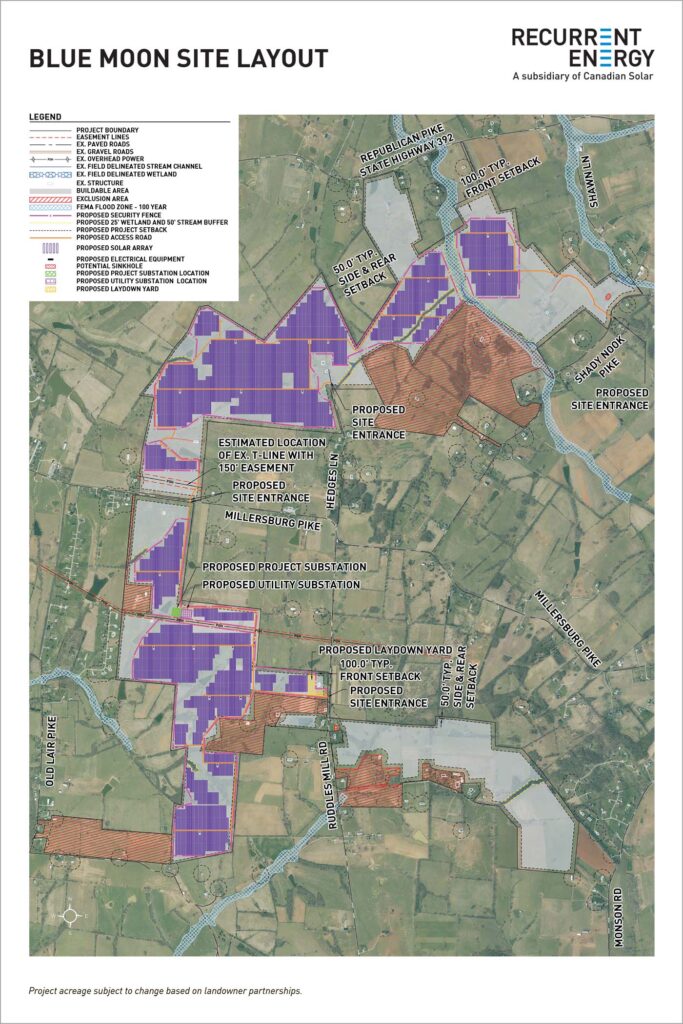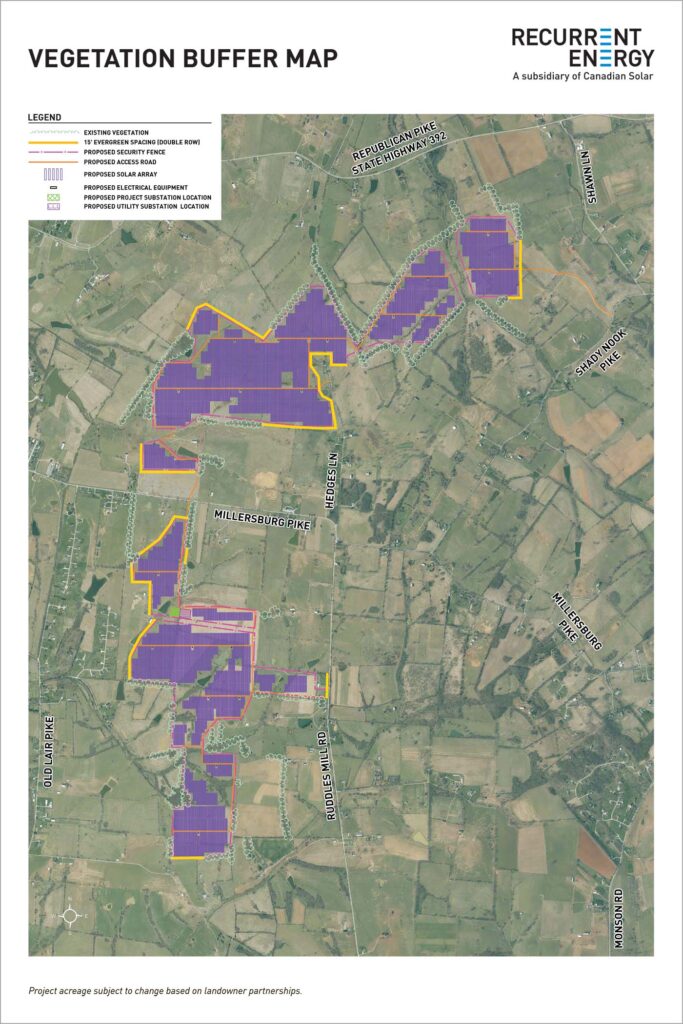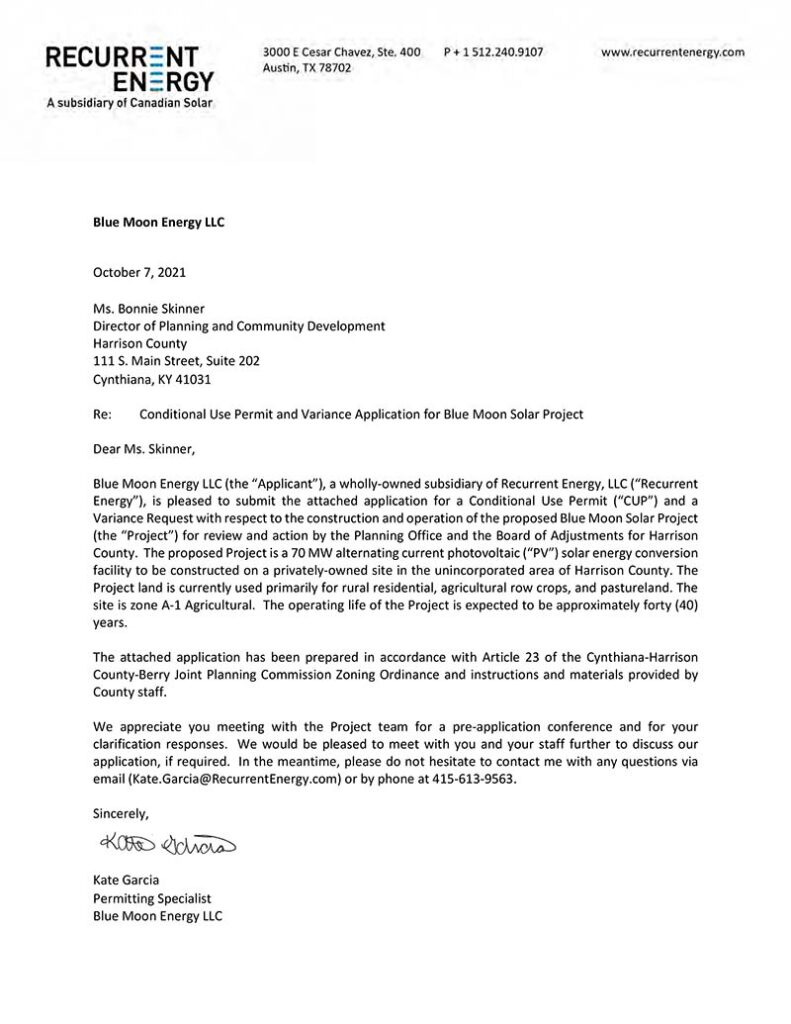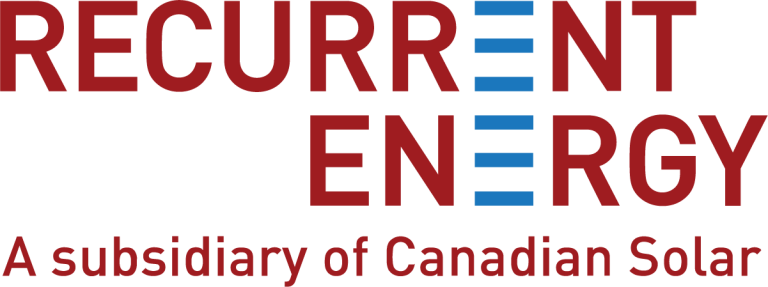When sited and developed properly, the installation of a solar facility will have minimal impacts on wildlife in the area. In fact, studies show that solar facilities can provide shelter for species, promote land stability, preserve habitat, and support biodiversity.
A natural resource assessment has been conducted on the Blue Moon Solar Project site. No designated critical habitat for state or federally listed species, including the Northern Long-Eared Bat, exists within the project area. Indian Creek flows through portions of the Project area and may contain suitable habitat for listed freshwater mussel species; however, impact to this creek is not anticipated as a result of the Project.
Once constructed, solar projects produce no pollution, emissions, or noise. Further, vegetation can grow under the panels, and solar facilities can provide sanctuaries for flora and fauna to thrive.
Limited fencing will be erected around panel areas as a security measure in accordance with industry best practices and local requirements. However, waterways in the project area will not be fenced to allow continued wildlife access to the water resource.
